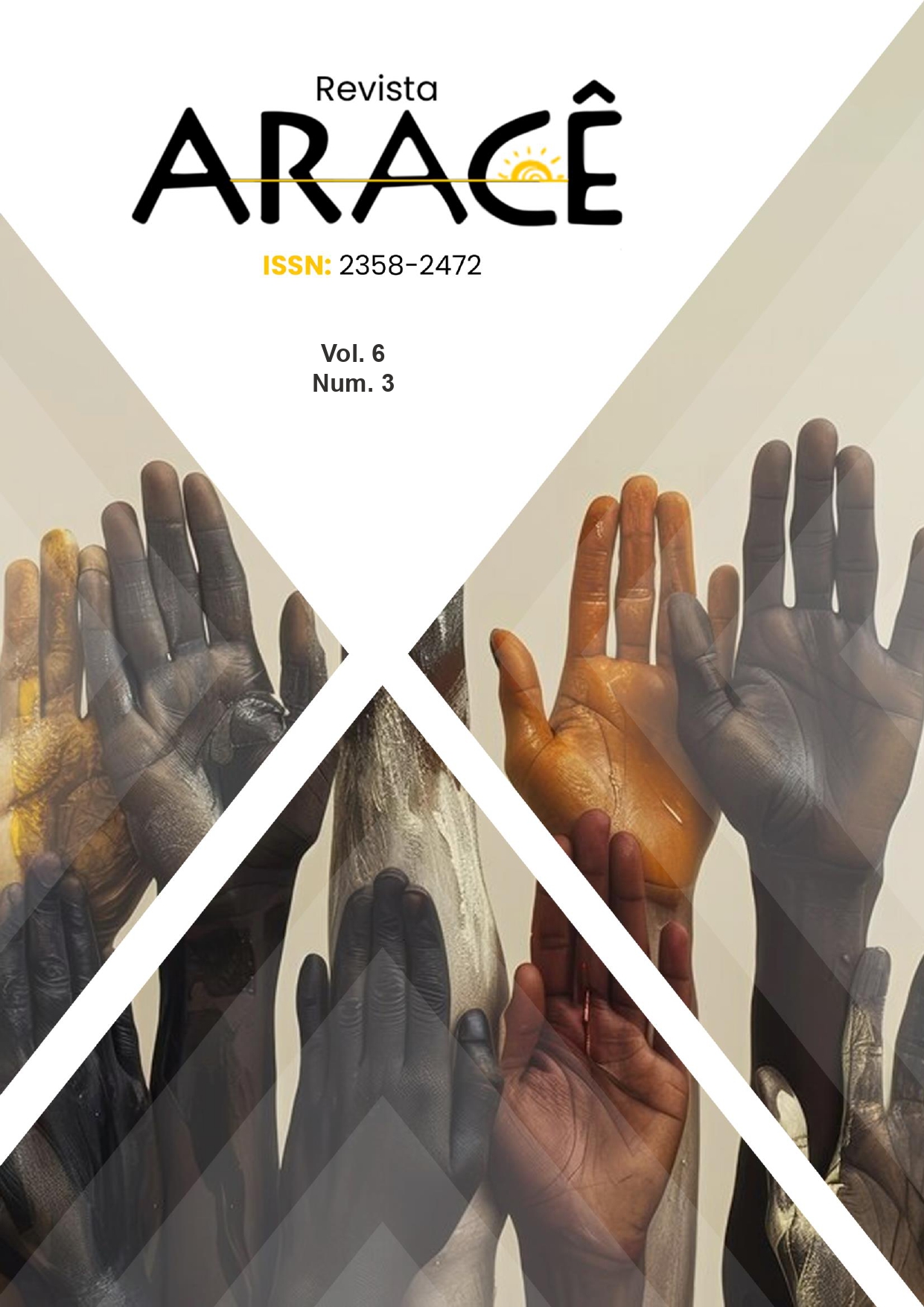INVISÍVEIS NA ESCOLA: RESSIGNIFICANDO PEDAGOGIAS DE ACOLHIMENTO PARA CRIANÇAS E ADOLESCENTES ADOTADOS E INSTITUCIONAIS
DOI:
https://doi.org/10.56238/arev6n3-180Palavras-chave:
Education, Invisible, AdoptionResumo
Este artigo apresenta os resultados de uma pesquisa qualitativa sobre acolhimento institucional de crianças e adolescentes que investigou a necessidade de ressignificar as Pedagogias do Acolhimento Familiar para reverter sua invisibilidade nas escolas. As contribuições de Freire (2000) e Skliar (2019) sobre inclusão e diversidade apontaram para a necessidade de maior atenção à singularidade de cada criança e adolescente matriculado no ensino fundamental. Foi realizado um estudo de caso baseado em Yin (2000), onde foram realizadas três entrevistas com o professor, coordenador pedagógico e diretor; quatro entrevistas com famílias de crianças adotadas; e uma oficina com vinte e dois alunos de uma escola municipal de Caxias do Sul/RS, Brasil. As categorias de análise foram construídas considerando as pedagogias do acolhimento, o planejamento da estratégia pedagógica para crianças e adolescentes adotada e o impacto do cuidado institucional para crianças. Foi possível observar que quando a condição de adoção ou acolhimento institucional é invisibilizada nos espaços educativos, pode provocar mudanças significativas na aprendizagem e no desenvolvimento desses seres humanos. Para análise dos dados, utilizou-se a técnica de análise de conteúdo de Bardin (1994). Os resultados indicaram que é necessário realizar ações inclusivas que considerem as diferenças de crianças e adolescentes adotados ou em acolhimento institucional.





